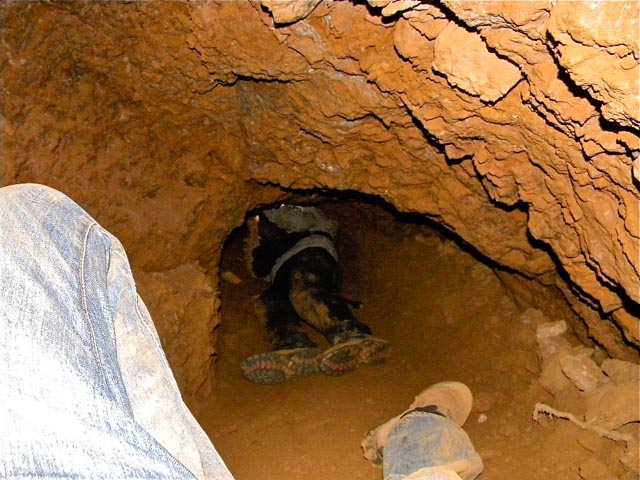Mines in Mali: Paying the bills but at what cost?

The mine that collapsed in Mali had tunnels similar to this one in South Africa
Anna Johnson - In recent decades demand for gold in the West and, more recently, states like the United Arab Emirates and Russia, has pushed miners to increasingly dangerous practices to produce the quantities of gold needed to satisfy demand. Small-scale mining companies have been popping up across Africa because of how little processing is necessary and how profitable even the smallest quantities of gold can be. These artisanal mines are difficult to regulate and, because of that, often stray from safe mining practices. Mines that stray from or refuse to comply with safety regulations are called informal mines. An informal section of an artisanal mine in Mali collapsed in January, killing more than 70 of the over 200 miners in the area and highlighting exactly how dangerous the practice can be.
Miners are willing to risk their lives in these informal mines because of the high profits that come with satisfying the global demand for gold. These global flows of gold from Africa to the rest of the world are unceasing, requiring miners to go to dangerous lengths to get their hands on the valuable mineral. Nearly 20% of the world’s gold comes from these artisanal mines. They employ between 10 and 20 million miners globally, including between 4-5 million women and children. Artisanal mines are increasingly regulated by international organizations like the Organization for Economic Co-operation and Development (OECD) which works to formalize artisanal operations, enforce safety regulations for mining, and create stable, transparent, and verifiable supply chains to support the flow of gold from these mines. But, formalization and regulation are expensive. They complicate the process and require more oversight than many miners and mining companies are willing to invest in. In the collapse in Mali, officials say they repeatedly warned miners their tunneling practices were unsafe but the miners failed to comply with safety guidelines and continued to use their hazardous tunnels to extract more gold.
Mali’s location gives it a unique opportunity to capitalize on artisanal gold mining and satisfy the global demand for gold. The Ministry of Mines estimates Mali has 800 tons of gold deposits. After Ghana, Mali is estimated to have the most gold deposits in West Africa. The U.S. Department of Commerce says gold is by far Mali’s most important export. They say in 2021, more than 80% of the state’s total exports were gold and more than 2 million people depend on mining for their income. Artisanal mines produce 30 tons of exported gold every year. Regulating the informal artisanal mines is a huge job for Mali’s government and the organizations they work with. The government, however, does have a major stake in the success of the mining industry in Mali as they increased their ownership of mines in August of 2023. Moving forward, the success and profitability of the industry will depend on the government’s ability to regulate these mines and ensure they are using stable, safe mining methods.
Photo Credit: Manyeva, CC BY-SA 3.0, via Wikimedia Commons

